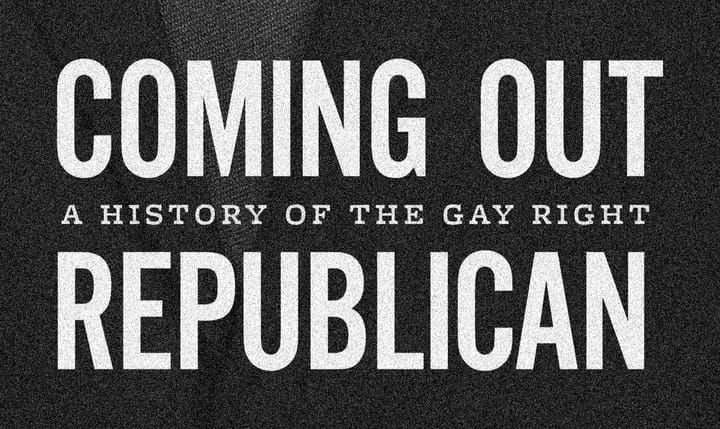Compliant Baby
Ibram X. Kendi’s Antiracist Baby is undeniably for adults. But what does it do for children?

Review of Ibram X. Kendi, Antiracist Baby (London: Kokila, 2020)
Ibram X. Kendi’s Antiracist Baby is not a kids’ book. Yes, it’s illustrated, published on cardboard, and considerably shorter than this review, but the nine habits of highly effective antiracists it outlines—including “Point at policies as the problem, not people” and “Confess when being racist”—are clearly addressed to adults. Grammatically and substantively, statements like “Babies are taught to be racist or antiracist—there’s no neutrality…” are simply not aimed at actual babies.
Which, in itself, is perfectly fine: some of the best kids’ books are written for adults. Maurice Sendak’s Where the Wild Things Are is a salve for parents who have learned to patch drywall. And when the features of little Max’s journey to the land of the wild things begins to echo those of his fight with his mother, in veiled form and with roles reversed, perhaps kids catch a glimpse of what’s going on, but it’s really the adults who enjoy the knowing recognition. This is the beauty of a well-written childrens’ book: that adults and children can be addressed in their differences and through disparate receptions better share a common experience.
Antiracist Baby is not for adults in this way. Its purchase and consumption rather offer an opportunity to demonstrate an adult’s moral commitment. One might take issue with the manner in which this book, like Kendi’s other books, gives expression to this commitment—for instance, in its framing of racism as a highly abstract, and essentially moral and individualistic problem—but the intention here is laudable enough.
The important question, however, is not about theory but practice: what kind of experience is created from reading the book? Its serious exercise in acclimation to imperatives brooks no shared enjoyment. It’s as inviting as a cold shower, and as engaging as a law review. For the adult, this is justified not only because the imperatives therein are correct but more importantly because the very act of reading the book proves, if only to oneself, that one is in accordance with them. Again, this book is undeniably for adults.
For kids, however, the imperatives are experienced, as all impingements from reality, within a certain unequal power dynamic. One could profitably compare the child’s experience of reading Antiracist Baby to that of an employee at a corporate antiracist training. Both involve the uneasy reception of strictures from people upon whom one depends, as well as an implicit passing down of culpability.
But if the imperatives are correct, what exactly is wrong here? Children and employees should learn to celebrate diversity, call out discrimination, and confess their own errors, right? (I’ll stick to the case of children in what follows, and recommend this article by Jen Pan for the case of employees.)
As Kendi correctly claims, children are not born knowing what “social reality” is. They are, in his words, “bred” into its norms, and this process practically entails many awkward, grating, and hilarious behaviors—vacantly staring at strangers, inappropriately touching themselves in public, unnecessarily shouting in close proximity, etc. Eventually most of us learn not to do certain things, and how we learn not to do them—ranging from inattention to patient correction to weird coercion to intolerant abuse—ends up having a very large influence on the kinds of adults we eventually become.
According to the psychoanalyst Donald Winnicott, when children are confronted with overly rigid imperatives at an age when they are not yet prepared fully to process their significance and legitimacy, they develop what he calls a “false self”—a defensive ego formation built up in compliance to the moralistic reactions of one’s parents or caretakers. The essential feature of the false self is that it is “adapted to the expectations of various layers of the individual’s environment.” Everyone has one, insofar as they demonstrate basic social etiquette; but in a situation where compliance is demanded too early and too moralistically, the false self becomes pathological, even eclipsing the “true self” as the center of one’s personality. In this situation, one is deadened and defensive, able often to keep up a brilliant facade that effortlessly and peppily fulfills social expectations, but at a significant remove from the wellspring of life and feeling that is the true self.
Perhaps you think this is all psychological mumbo-jumbo, but ask any clinical social worker who sees patients who make five times their salary, and they’ll tell you this brittle, cagey, and mechanical personality is no joke. Winnicott believed this fate could be avoided with what he called “good enough” parenting—essentially parenting that meets children where they are. And like psychoanalysts throughout history going back to Freud, he thought that parents from the upper classes were more prone to fail in being “good enough,” i.e. to impose their own strict sense of rules, morals, and etiquette on their children and demand an exacting compliance.
It is within this more general and ever-evolving set of strictures of the liberal professional classes that we ought to understand the essential experience of Antiracist Baby, which could easily be broken down into its constituent parts and re-synthesized with most children’s books written in the last forty years into a PMC Ur-text: Compliant Baby. Of course, market logic militates against this simplification, for the same reason that it prefers maintenance prescriptions over medical cures, but most shelves of children’s books today are nonetheless as homogeneous as the shelves of Harry Potter and Disney DVDs above them.
Ultimately, the real concern with Antiracist Baby is not that it won’t work—that three year olds will be told to “Confess when being racist” and have no fucking idea what’s going on—but that too often, given its alignment with the general ethos of what Nancy Fraser calls progressive neoliberalism, it will; that it will contribute to the production of good liberal, professional subjects (deadened false selves) that effortlessly manipulate the language of diversity and equity but within the set of social expectations that they associate with the attainment or maintenance of a particular class position.
What will be not only lost but foreclosed in this absorption of antiracism is the kind of material redistribution that would undercut racism’s political significance. For the well-groomed, liberal antiracist, class-based demands will not only seem substantively different from race-based demands; they will also, from the vantage point of the false self, be illegible as demands for racial justice, simply because they do not present themselves in the terms of personal growth, access, and opportunity.
Antiracist Baby projects a future in which false selves have been plated with new and improved antiracist armor. For anyone reading the book to their kids, this is the essential worry: that you are training them not truly to understand racism and its structural conditions—notably, the book does not describe any concrete situations of racist or antiracist behavior—but rather only to defensively wield antiracism in an abstract and deadened manner. The latter is quite useful for arming children with the exteriors required for best navigating a future professional-class world whose rewards are even harder to attain than they are today. But what will again be foreclosed to these psychologically-inured subjects is any connection between fairness and equity on the one hand, and unequal material conditions on the other.
If this sounds like a desirable future, Antiracist Baby is the book for you and your offspring. For everyone else, the same rule for social theories goes for children’s books: don’t buy them if they were written after 1980.
■
Aurora Borealis ate her own parents and has nothing to show for it but a vivid fantasy life.



